Dark circles and eye bags are actually different, but here's how to treat both
By Team BEAUTYcrew
March 09 2021

Different issues, different approaches
By Team BEAUTYcrew
March 09 2021
You know what would be great? Not having to deal with dark circles and bags under our eyes. They’re a real beauty buzzkill. But alas, they just love to show up to the party uninvited. Even when you were on your best behaviour and stayed in just so you could rack up a solid eight hours of sleep. Rude.
And yet, there they are, staring back at you when you look in the mirror. So what gives? We asked Emma Hobson, Education Manager for the International Dermal Institute and Dermalogica, to clue us in on what dark circles and under-eye bags are, the difference between the two (yep, they’re actually two separate issues), and the best approaches for addressing each one.
Are dark circles and under-eye bags the same thing?
“No, they are not the same thing," Hobson confirms. "Puffy, tired eyes are when the skin raises and the tissue is very soft and fluidly. [This can be] caused by several reasons, such as excess tissue fluid, lack of sleep, a poor diet including alcohol consumption (in Chinese medicine, eye puffiness is linked to poor kidney function), stress, and incorrect product usage around the eye area."
"When it comes to dark circles, this is when the skin around the eyes changes colour; this can be a dark blue/grey colouration or a dark brown colouration. For some people, dark circles can be attributed to their genetics, therefore [making them] difficult to treat, however, for others, it can be a sign of illness, fatigue or stress on the body."
Top tips for preventing under-eye bags
“Get plenty of good sleep each night – around eight hours is preferable – and ensure you de-stress [where possible]. It is advisable to reduce as many stimulants as possible, [too]. For example, [try avoiding] caffeine, alcohol and chocolate, and ensure you drink plenty of water each day. Also, try not to use an eye care product that is too heavy and rich around the eye area as this can sometimes also cause puffiness.”
How to get rid of bags under eyes
Hobson has a number of treatment options for tackling your under-eye bags and relieving signs of puffiness.
#1 / Apply cooling eye masks
Need to reduce puffiness in a pinch? “For a quick recovery, apply cooling eye pads (fresh from the fridge) designed to ease inflammation and hydrate and plump the skin."
Eye masks to try: Sephora Collection Watermelon Eye Masks, Peter Thomas Roth Cucumber De-Tox Hydra-Gel Eye Patches, Tarte Pack Your Bags 911 Undereye Rescue Patches
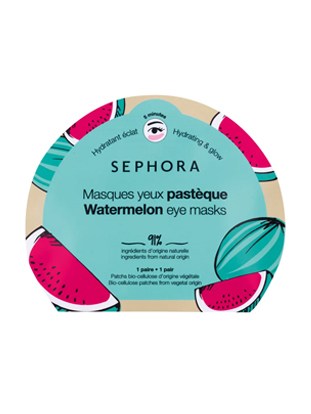
Sephora Collection Watermelon Eye Masks
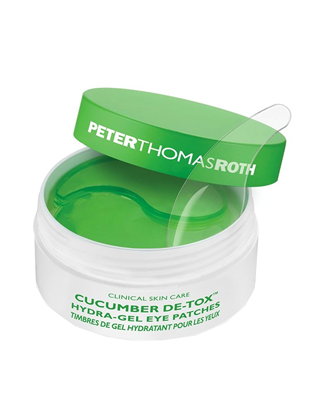
Peter Thomas Roth Cucumber De-tox Hydra-gel Eye Patches

Tarte Pack Your Bags 911 Undereye Rescue Patches
#2 / Use an anti-inflammatory eye gel
“If [patches are] not possible, apply a stress-relief eye gel around the eyes using your index fingers to gently ‘pump’ in semi circles from outer to inner, helping to drain the excess tissue fluid away. This is a very effective manual lymph drainage technique. Follow with a light application of eye gel (preferably one that has been cooling in the fridge).”
Soothing eye gels to try: Dermalogica Stress Positive Eye Lift, Lancôme Advanced Génifique Yeux Light Pearl, Olay Eyes Deep Hydrating Eye Gel
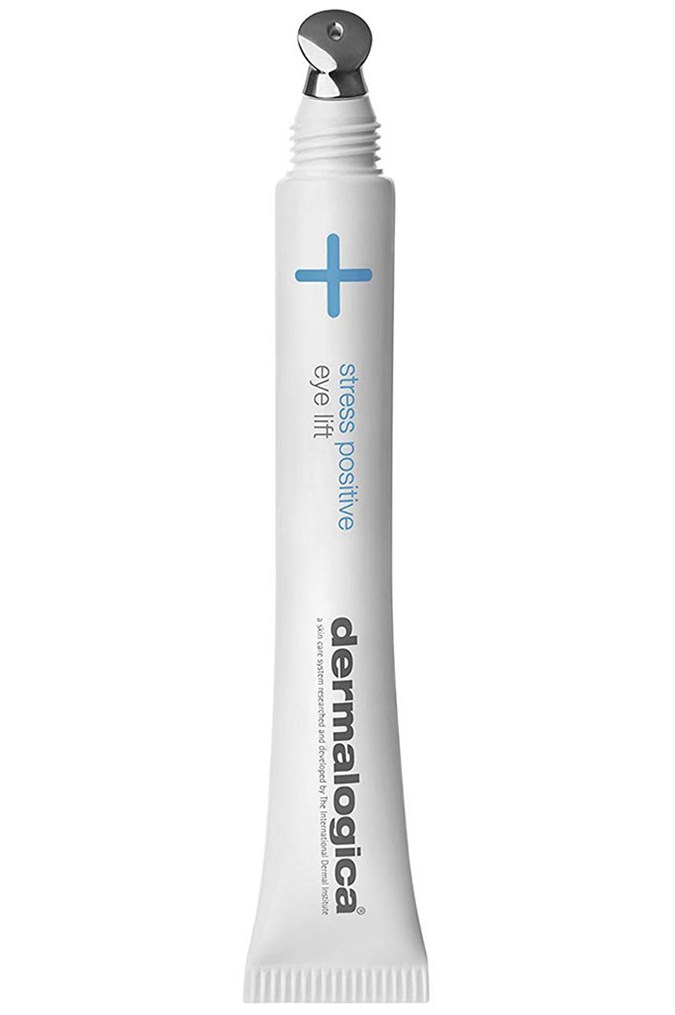
Dermalogica Stress Positive Eye Lift
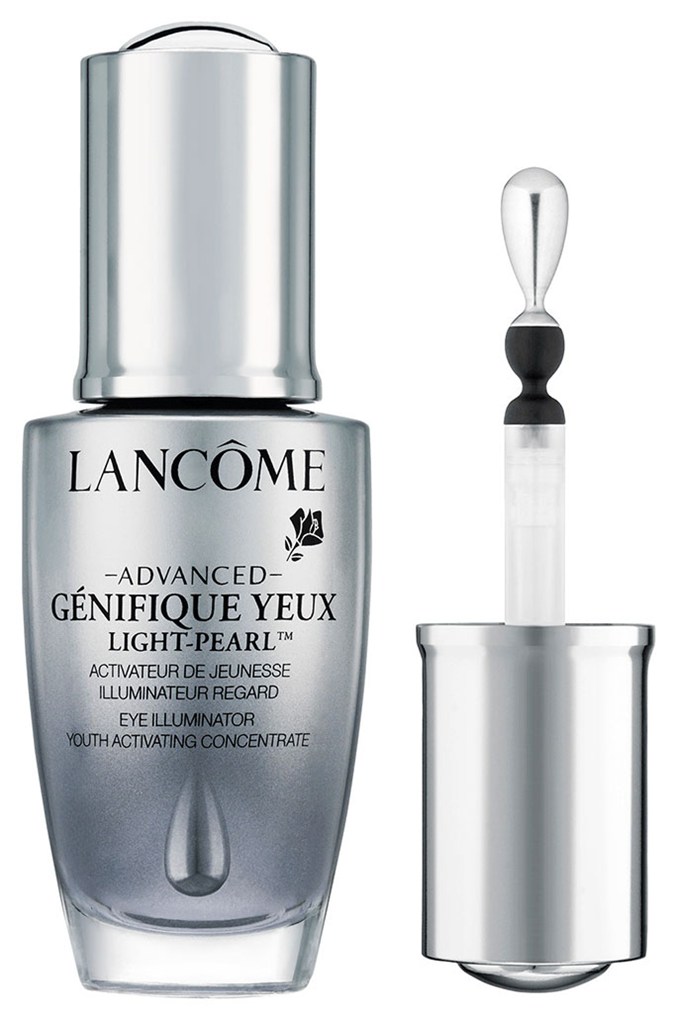
Lancôme Advanced Génifique Yeux Light Pearl
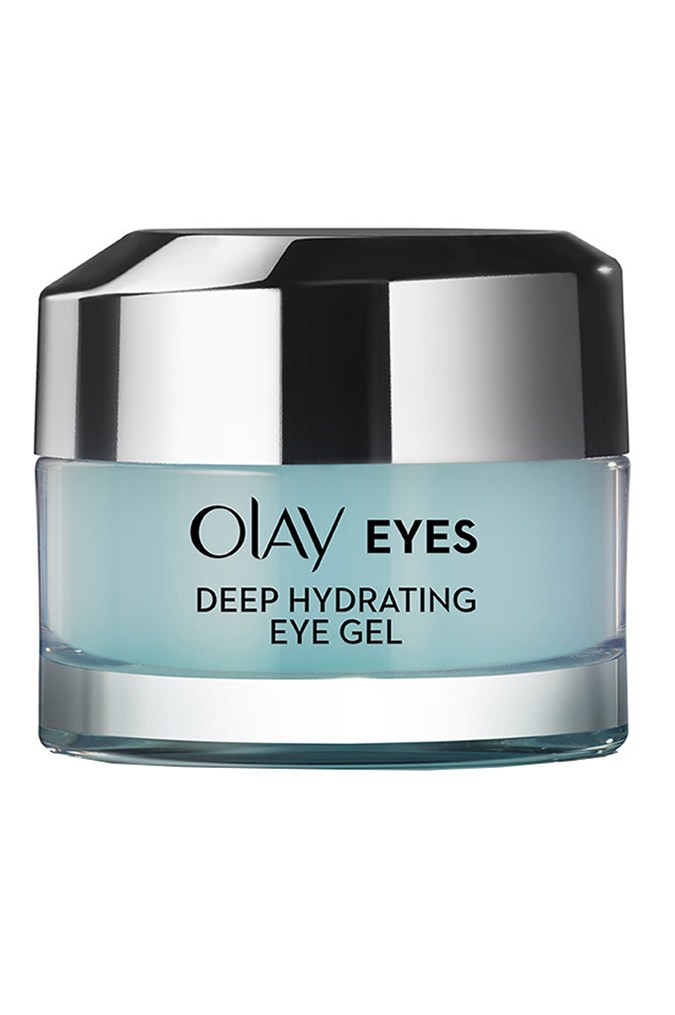
Olay Eyes Deep Hydrating Eye Gel
#3 / Try a natural remedy to de-puff eyes
If you’re looking for home remedies to reduce your under-eye bags naturally, Hobson is a big fan of anything able to offer ample cooling action. “There is some credence to the old wives tales of using cold tea bags or slices of cold cucumber since both have a cooling, anti-inflammatory effect. [I would recommend] using two pieces of cold cucumber for five to eight minutes. Once removed, apply some eye drops into each eye to improve clarity." And voila!
How to treat dark circles
Dark circles are stubborn, and they can be tricky to treat. While you may not be able to get rid of them permanently, especially if they’re hereditary, you might be able to lessen their severity. Hobson’s advice is to look for brightening ingredients in both your eye cream and concealer.
#1 / Cover up with a tinted eye cream
“For immediate results, try using an eye cream and/or foundation that contains light diffusers. They'll act like microscopic mirrors on the skin surface by reflecting the light and they can dramatically reduce the appearance of dark circles (however they don't actually physically lighten your dark circles). You can also apply a light application of concealer placed under the eyes to lighten [and brighten] the area; just make sure it is not too matte as this can accentuate fine lines."
Tinted eye creams to try: La Roche-Posay Pigmentclar Eyes, Tatcha The Pearl Tinted Eye Illuminating Treatment, Medik8 Dark Circles Tinted Primer
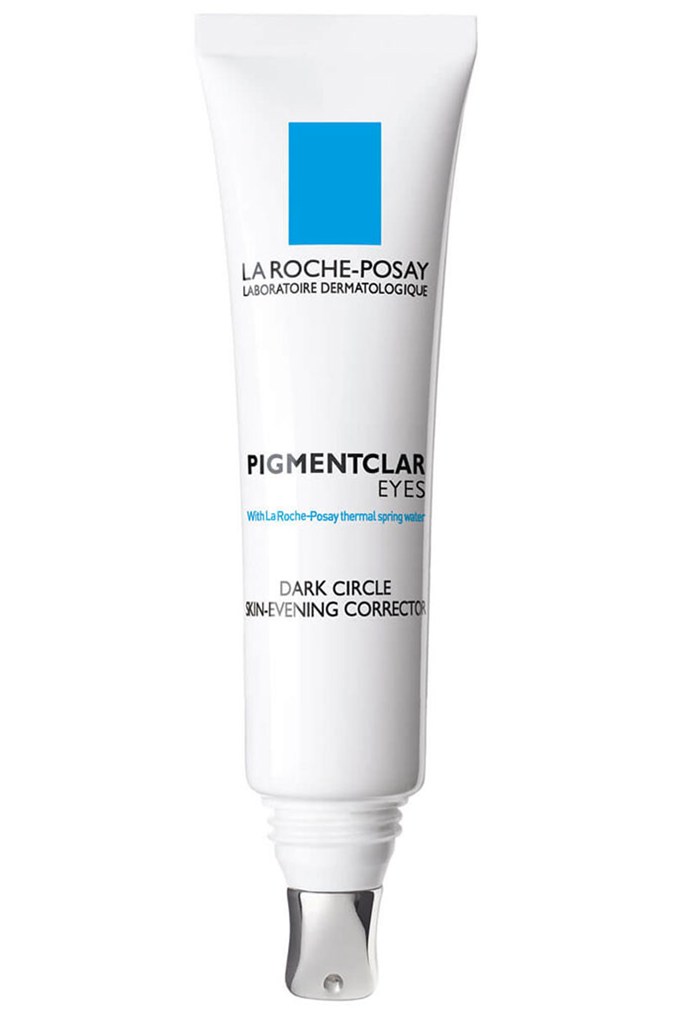
La Roche-Posay Pigmentclar Eyes
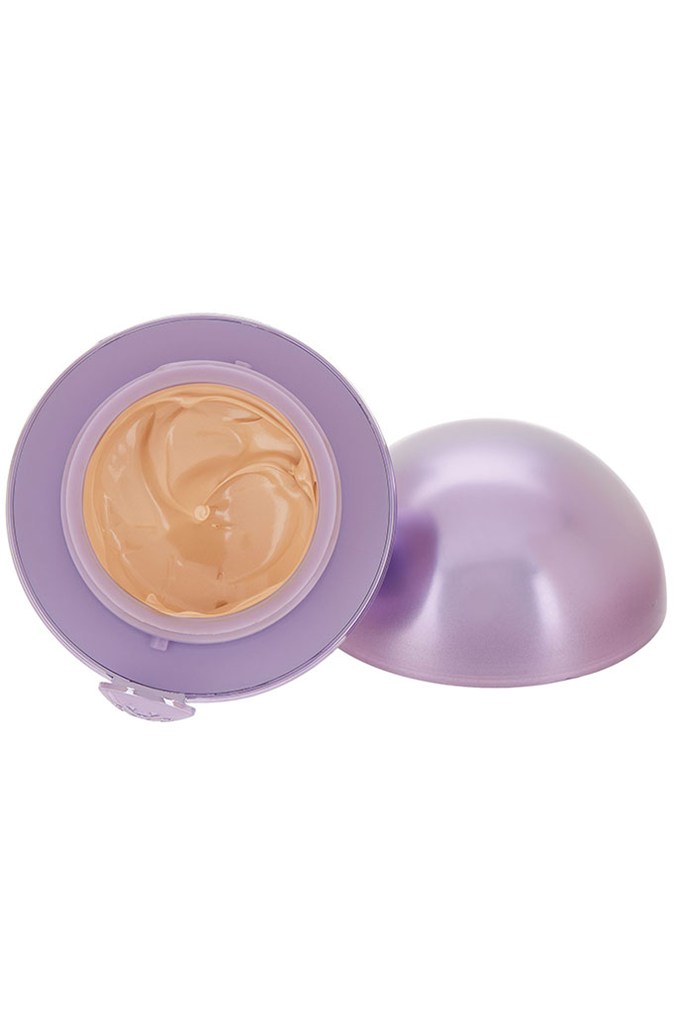
Tatcha The Pearl Tinted Eye Illuminating Treatment
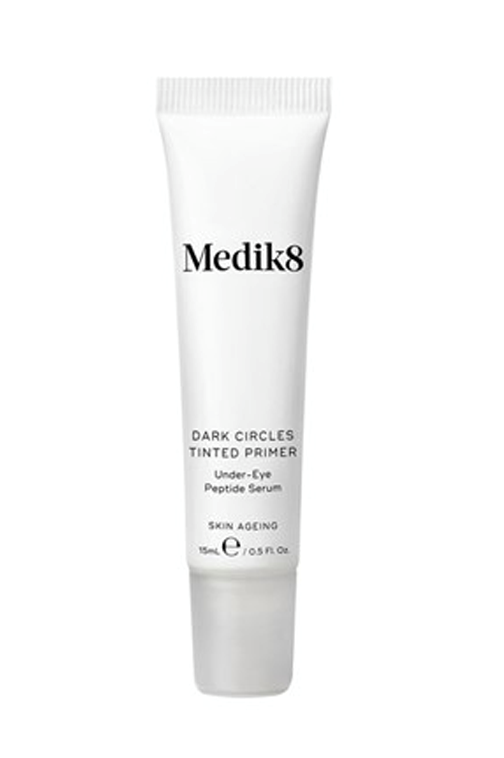
Medik8 Illuminating Eye Balm
#2 / Seek out brightening ingredients
Prefer classic skin care products to tinted ones? “[An] excellent ingredient to aid skin lightening is vitamin C. You can now get some amazing, very potent and stabilised forms of vitamin C, which are often combined with skin lightening botanicals [to diminish the darkness in the eye area]." We couldn't agree more; a vitamin C-powered eye cream or serum would definitely make a worthy addition to your eye care routine.
Vitamin C topicals to try: Murad Vita-C Eyes Dark Circle Corrector, Dermalogica BioLumin-C Eye Serum, Kiehl’s Powerful-Strength Line-Reducing & Dark Circle-Diminishing Vitamin C Eye Serum
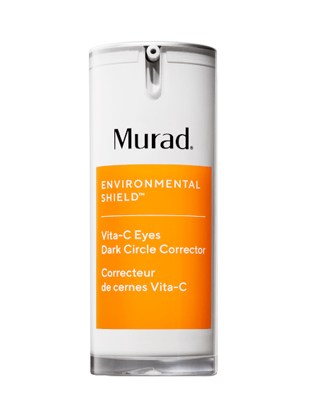
Murad Vita-C Eyes Dark Circle Corrector
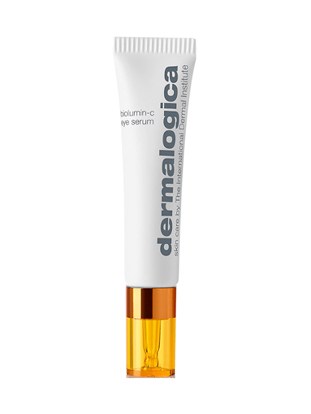
Dermalogica BioLumin-C Eye Serum
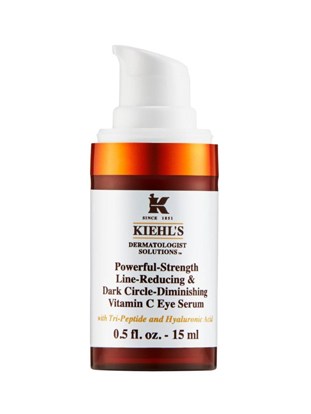
Kiehl’s Powerful-Strength Line-Reducing & Dark Circle-Diminishing Vitamin C Eye Serum
Main image credit: @shaymitchell
After a concealer to add to your kit? Here are our favourite formulas...






